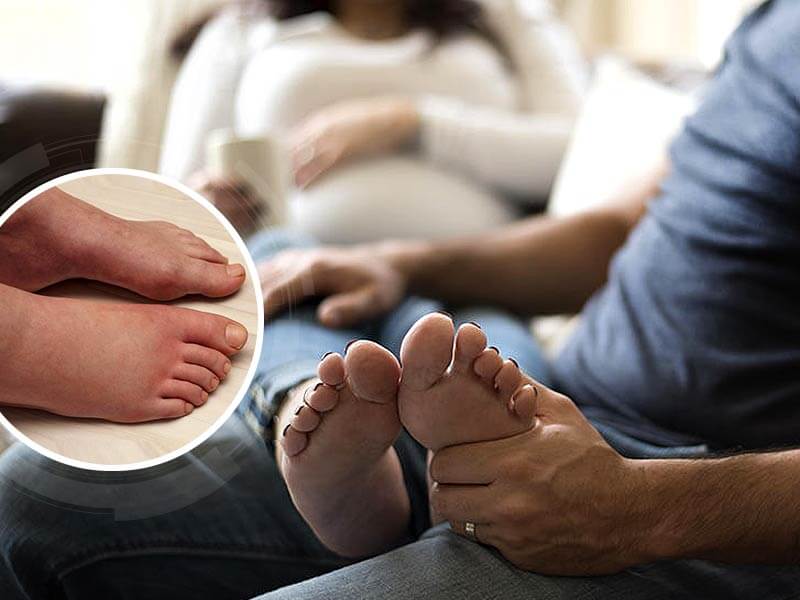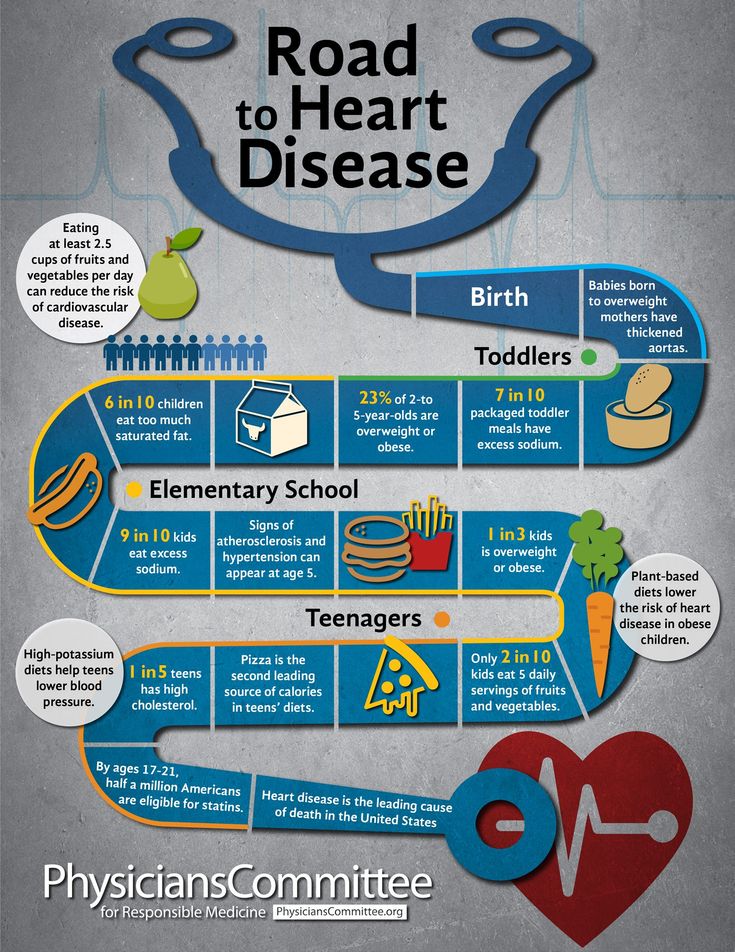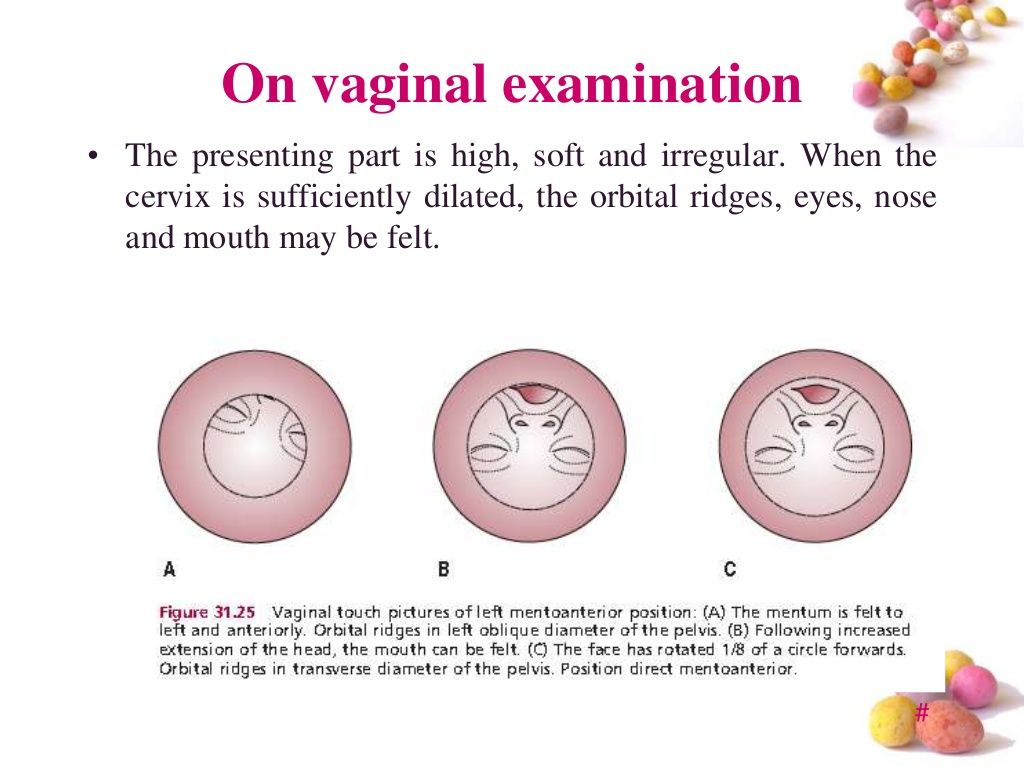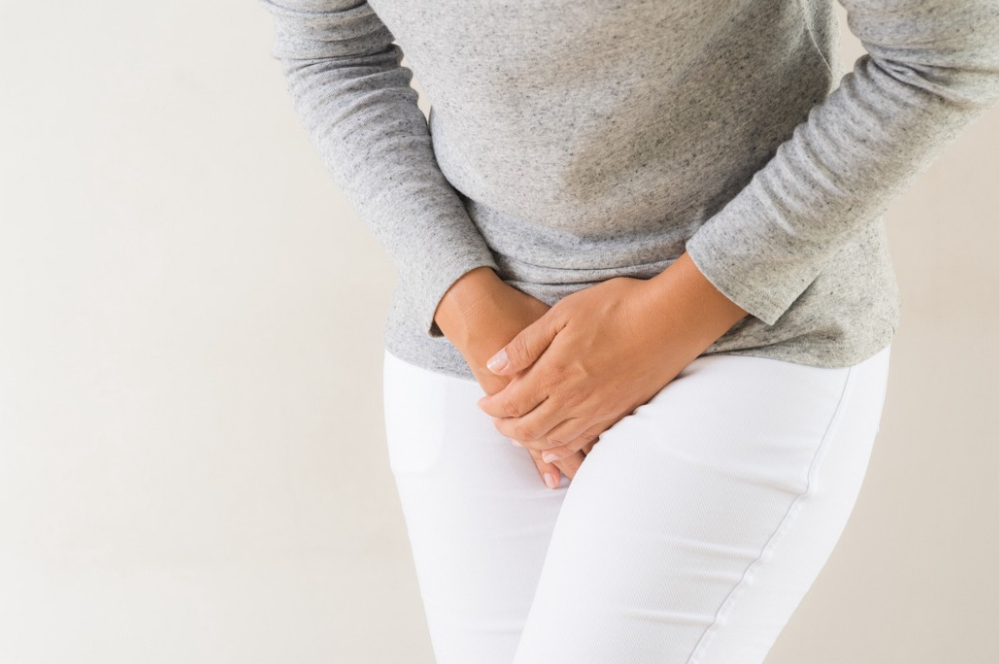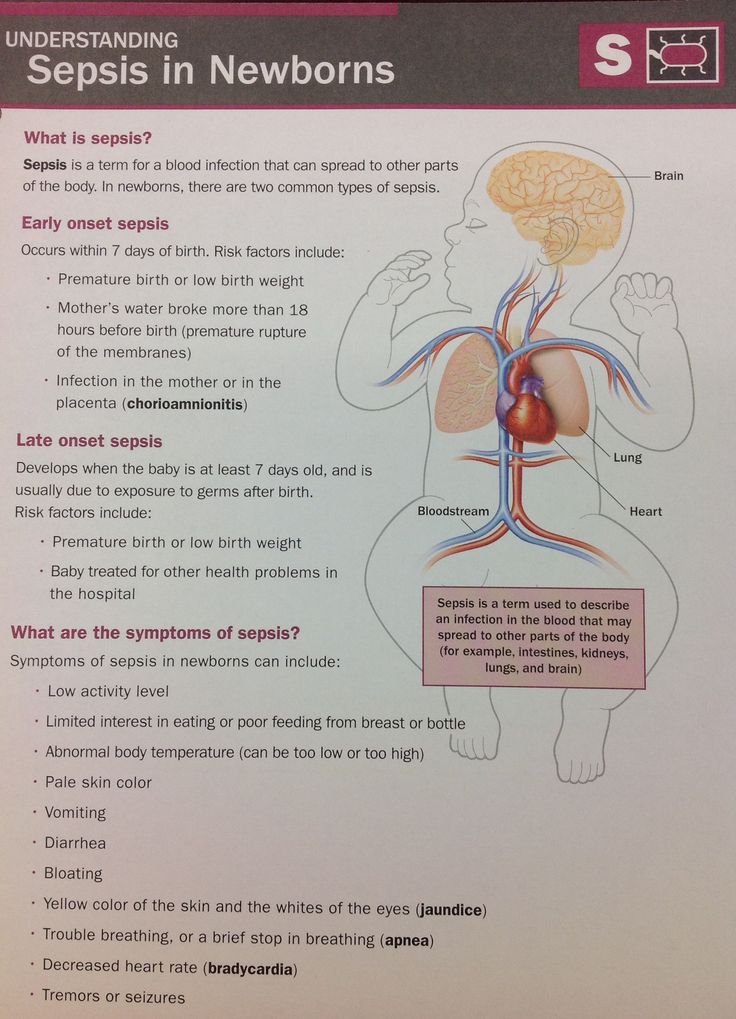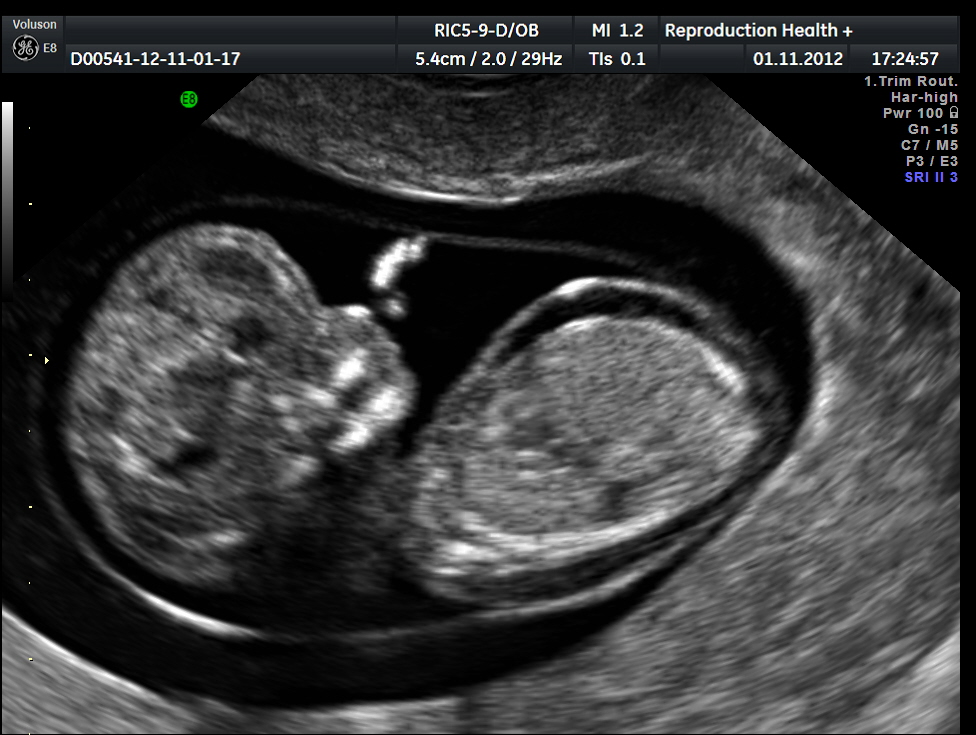How to reduce swelling in fingers during pregnancy
Swollen ankles, feet and fingers in pregnancy
Swelling in your ankles, legs, feet and fingers is common during pregnancy.
Causes of swelling
As your womb grows, it can put pressure on the circulation to the lower part of your body. This means that blood doesn't flow as well as usual, which can cause fluid to build up in your lower limbs.
During pregnancy your body also holds more fluid than usual. This extra fluid can collect in your legs and ankles, which can cause swelling.
It can also sometimes collect in your hands and fingers. This can cause them to swell. It may mean that you can no longer comfortably wear jewellery like rings.
When to get medical help
Swelling that happens gradually can be uncomfortable, but it's not harmful to you or your baby.
Swelling that happens suddenly or with other symptoms could be a sign of pre-eclampsia. This can cause problems for pregnant women and babies if it's not diagnosed and treated.
Always see your GP if you suddenly become swollen or have other symptoms.
High blood pressure in pregnancy and pre-eclampsia
Urgent advice: Contact your GP immediately if you have:
- sudden swelling of your face, hands or feet
- blurred vision or flashing lights before your eyes
- a severe headache
- severe pain just below your ribs
- vomiting after 24 weeks of pregnancy
Swelling in pregnancy usually affects both of your legs, ankles or feet.
Urgent advice: Always see your GP if you have:
- one leg that is swollen
- one calf that is red, hot or tender
These could be signs of a deep vein thrombosis, or DVT (blood clot).
How to reduce swelling
If you have gradual swelling and no other symptoms, there are things you can do that might help.
These include drinking plenty of water and being as active as possible. Exercise during pregnancy helps your circulation.
Swelling in your hands and fingers
There are various things you can do to reduce gradual swelling in your hands and fingers.
Use cold compresses on your hands and fingers if they are swollen. For example, wet a flannel or face cloth with cold water and hold it around the swollen part.
Try not to wear anything that is too tight on your arms or wrists. For example, tight watches or bracelets.
If you notice that your rings are becoming tight, it's probably a good idea to take them off.
Tell your GP, midwife or obstetrician if you have any pain or tingling in your wrists or fingers. This could be a sign of carpal tunnel syndrome.
This could be a sign of carpal tunnel syndrome.
Swelling in your legs, ankles and feet
To treat gradual swelling in your legs, ankles and feet, you should:
- avoid standing for long periods of time
- put your feet up when you can
- not cross your legs
- wear comfortable shoes
- drink plenty of water
- stay as active as possible
Foot exercises can help reduce ankle and foot swelling, and reduce leg cramps.
- Bend and stretch your foot up and down 30 times.
- Rotate your foot 8 times in one direction and 8 times in the other direction.

Page last reviewed: 17 May 2019
Next review due: 17 May 2022
Swollen Hands During Pregnancy: Natural Treatments
Are you wearing your wedding ring on a chain around your neck because your fingers are too swollen? Have you bought a bigger size slip-on shoe because your feet are muffin-topping over the sides by midafternoon?
Welcome to the third trimester of pregnancy.
Many women experience swelling, also known as edema, during late pregnancy. Thankfully, all this fluid retention is for a good cause. Your blood volume and body fluids increase by 50 percent during pregnancy to soften the body and provide for the needs of your baby-to-be. The extra fluid also helps it stretch to accommodate the growth of your baby and open your pelvic joints for delivery.
Swelling isn’t usually painful, but it can be annoying. So what can you do about it? Here are five natural ways to find some relief.
You’ve probably been told to sleep on your left side during pregnancy, right? This helps keep pressure off the inferior vena cava, the large vein that carries deoxygenated blood from the lower half of your body to the right atrium of the heart.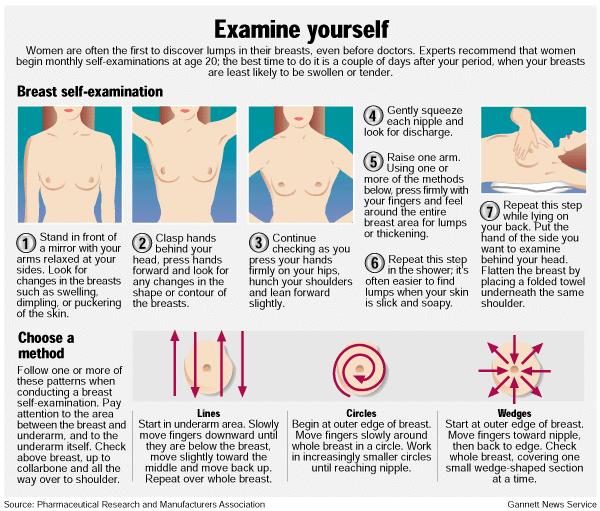
Lying on the back puts pressure on the vena cava. Sleeping on the left side keeps the weight of the baby off of the liver and the vena cava.
It’s not dangerous if you occasionally end up sleeping on your right side, but try to sleep on the left whenever possible.
It may sound counterintuitive, but drinking a lot of water can help reduce fluid retention by flushing out your system.
Some women also find it helpful to swim or stand in water. The water pressure outside your body might help compress the tissue inside your body. This can help flush out the trapped fluids. Swimming is fabulous exercise during pregnancy, too.
Support pantyhose or compression stockings can help keep your feet and ankles from ballooning. Make sure to put them on in the morning before your feet swell.
Don’t wear anything that’s constricting at the ankle or wrist. Some socks that don’t feel tight in the morning create a deep welt by the end of the day.
Comfortable shoes help, too.
Potassium deficiency can cause swelling, so add bananas to your grocery list. Excessive salt intake can also lead to swelling, so go easy on the sodium.
Eat a balanced diet high in lean protein and vitamin-rich fruits and vegetables, and low in processed foods. For gentle diuretics, try these foods:
- celery
- artichokes
- parsley
- ginger
Caffeine can cause fluid retention, even though you always seem to pee right after you drink coffee. But you’re probably already limiting your caffeine intake for other reasons.
Chilled cabbage leaves can help draw out excess fluid and reduce swelling. Dandelion tea can help the body metabolize fluids. You can also make a tea out of coriander or fennel. Check with your doctor before drinking herbal tea to make sure it’s pregnancy-safe.
Massaging your feet with mustard oil or flaxseed oil might effectively relieve swelling.
Edema is usually harmless, but if the swelling comes on very suddenly and strongly, it can be a sign of preeclampsia.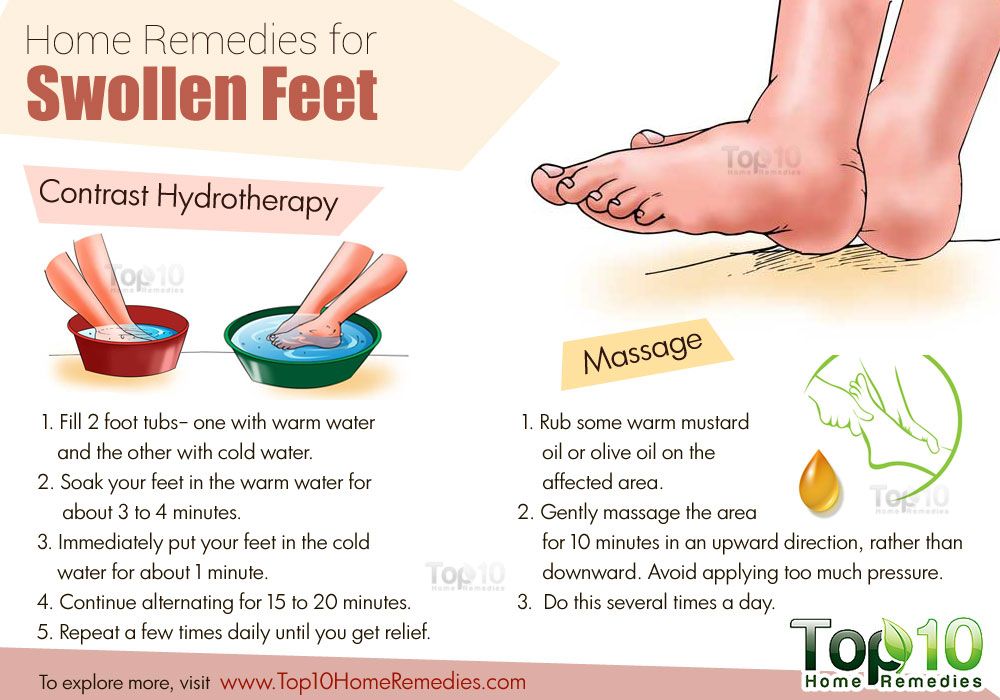 This is a serious condition. If you experience preeclampsia, swelling in the hands, feet, or face would likely be accompanied by a spike in blood pressure.
This is a serious condition. If you experience preeclampsia, swelling in the hands, feet, or face would likely be accompanied by a spike in blood pressure.
Other symptoms of preeclampsia include:
- headache
- nausea
- vomiting
- abdominal and or shoulder pain
- lower back pain
- sudden weight gain
- changes in vision
- hyperreflexia
- shortness of breath, anxiety
If the swelling is only in one leg, and the calf is red, tender, and lumpy, you might have a blood clot. In either case, call your doctor right away.
Carpal tunnel syndrome can also be a problem when excessive fluid compresses the median nerve in your arm. This nerve brings sensation to your middle, index fingers, and thumb. Get this checked out if you have pain, numbness, or tingling in addition to the swelling in your hands. Let your doctor know if your hands are suddenly weak or clumsy.
Don’t be surprised if the swelling temporarily gets worse after you give birth.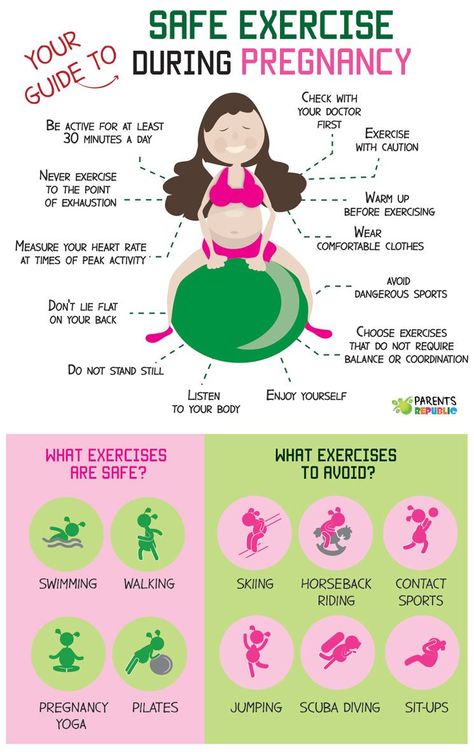 Your body is racing to get rid of all that extra fluid. You might be uncomfortable now, but within a few days of delivery, pregnancy-related edema will be a distant memory.
Your body is racing to get rid of all that extra fluid. You might be uncomfortable now, but within a few days of delivery, pregnancy-related edema will be a distant memory.
what to do and how to get rid of edema in the 2nd and 3rd trimesters
A fairly large percentage of women experience edema during pregnancy: moderate edema is observed in 50-80% of pregnant women with a normal pregnancy (1). Often they indicate an excessive accumulation of fluid in the tissues of the body or a violation of the outflow of blood from the pelvic organs - this should not be feared. But there are cases when swelling is the result of health problems. In this case, both the condition of the mother and the condition of the baby are at risk. It is important to consult a specialist in a timely manner and not self-medicate.
Types of edema
Edema during pregnancy is divided into physiological and pathological. The former are considered natural and do not pose a health hazard. But pathological edema speaks of problems with various organs: for example, the kidneys or the thyroid gland. We will talk about the physiological edema of various parts of the body.
We will talk about the physiological edema of various parts of the body.
Swelling of the legs
The legs most often begin to swell after the fifth or sixth month of pregnancy. Severe swelling is noticeable on the calves, ankles and feet: the upper part of the legs almost never swells. Pregnant women may also experience an increase in leg size due to swelling. This happens under the action of the hormone relaxin, which is responsible for the relaxation of the ligaments. Due to its release, the distance between the ligaments becomes larger and the feet swell a little. (2)
Edema of the face
They occur due to an increase in the level of estrogen in the blood. This hormone is responsible for sexual development, reproductive function and the skeletal system. Facial swelling becomes more noticeable when the level of estrogen becomes higher than normal: the nose, lips, and upper part of the face may swell. But if a pregnant woman has severe swelling under her eyes, this is a reason to seek the advice of a specialist.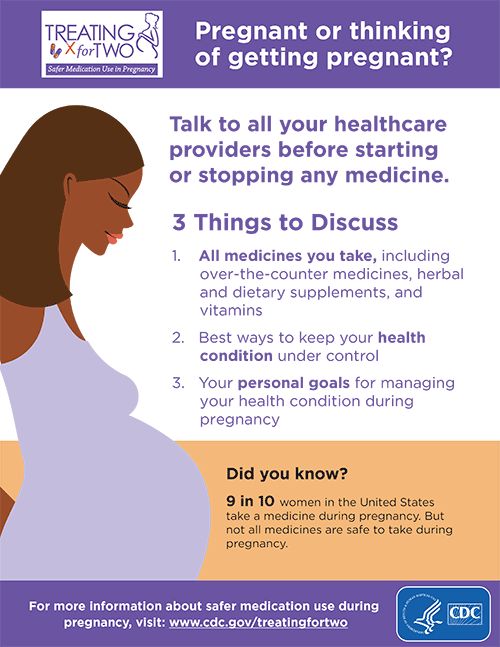 The so-called bags under the eyes can indicate problems in the functioning of the kidneys.
The so-called bags under the eyes can indicate problems in the functioning of the kidneys.
Swelling of the hands
Quite often hand edema appears in the third trimester of pregnancy. A woman cannot wear rings, there is a strong tension when clenching her fists, and after sitting work, her hands become very numb. The duration of the manifestation of edema is individual, but if there is, for example, swelling of the hands and face that cause discomfort, you should consult a doctor.
Mucosal and skin edema
A pregnant woman may experience difficulty in breathing without other accompanying symptoms. Mucosal edema is not so common, but it still happens: with a physiological manifestation, you should not be afraid of it. The mucous membranes also swell due to the accumulation of fluid in the intercellular space. A similar thing happens with the skin: traces of clothing remain on it, and the skin itself looks loose and devoid of moisture. If the swelling of the skin covers a large area, and when pressed, a distinct hole remains, it is necessary to visit a specialist.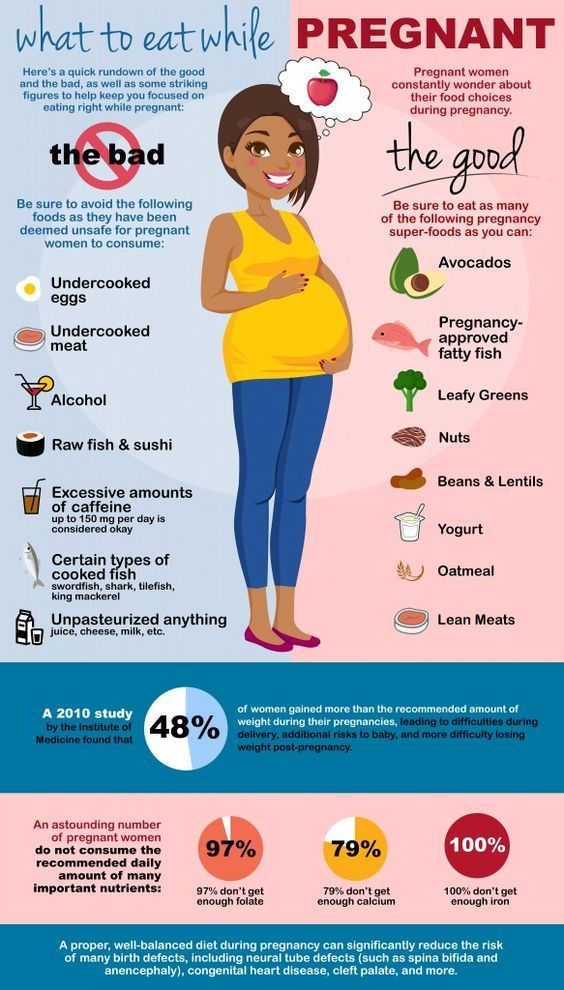
In these cases, swelling is a natural condition that accompanies pregnancy. But swelling can be the cause of the development of serious diseases. Therefore, it is important to start treatment on time in order to prevent the threat to the life of the mother and child.
When edema occurs
In the first three months of pregnancy, a woman in most cases does not experience edema: they begin to appear in the second and third trimester.
Second trimester
Puffiness appears on the arms, legs and face, most often the hands suffer from edema from 13 to 28 weeks. Fluid retention is often reflected in the face. Swelling appears on the cheeks, nose and upper eyelids. It is necessary to monitor how much fluid is consumed and how much is excreted: if there is very little urine, you should consult a doctor. Such a condition may indicate not only puffiness, but also toxicosis of the second trimester.
- Edema can appear both in early and later pregnancy due to venous-lymphatic insufficiency. During pregnancy, a restructuring of the hormonal background occurs, progesterone disrupts vascular permeability, and as a result, water is retained in the tissues. Most often, the arms and legs swell, from where it is harder for fluids to return, - adds Nina Antipova, obstetrician-gynecologist, gynecologist-endocrinologist .
During pregnancy, a restructuring of the hormonal background occurs, progesterone disrupts vascular permeability, and as a result, water is retained in the tissues. Most often, the arms and legs swell, from where it is harder for fluids to return, - adds Nina Antipova, obstetrician-gynecologist, gynecologist-endocrinologist .
Third trimester
From the beginning of the seventh month of pregnancy until the ninth month, a woman may experience swelling of the extremities: but most often it is, of course, the legs. The shins, ankles, calves swell much more strongly in the afternoon, with strong pressure, a slightly noticeable fingerprint is formed. Such edema is aggravated by hot weather, eating salty foods, and prolonged standing.
What to do if edema occurs
Physiological edema affects no more than two areas of the body. For example, hands and feet, or swelling of the eyelids and feet. Usually such edema is not very pronounced and subsides by the next day. In this case, you do not need to worry and consult a doctor: the puffiness will subside on its own. (3)
In this case, you do not need to worry and consult a doctor: the puffiness will subside on its own. (3)
If a woman feels that breathing is difficult, or edema appears in the early morning and does not disappear the next day, the amount of urine begins to decrease sharply, and, on the contrary, weight increases, it is worth going to a specialist for a consultation.
Photo: @shvets-production, pexels.comHow to get rid of edema
With natural manifestations of edema, it is important to monitor nutrition, do not include a lot of fried and fatty foods in the diet, and limit salt intake. In case of swelling of the legs, it is worth spending less time in a standing position, giving them a rest.
If it is possible to perform light exercises, do exercises, then it is worth paying attention to physical activity. Despite the fact that during edema water accumulates in the body, it is important for a pregnant woman to drink enough liquid - 1.5-2 liters of purified water.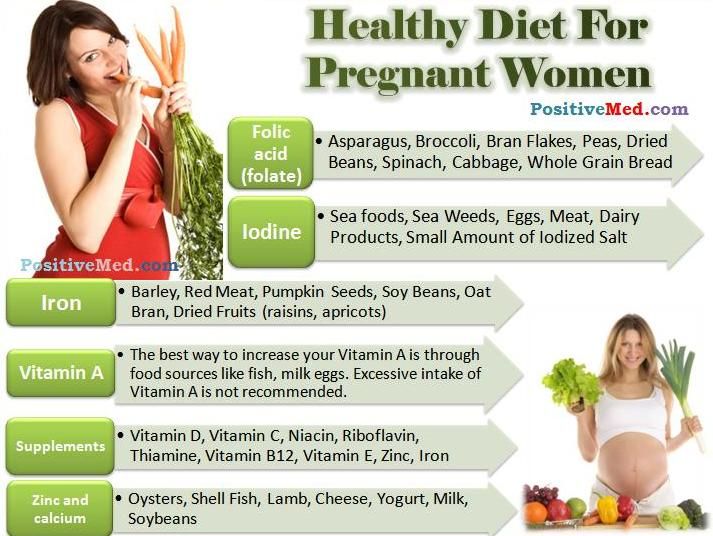 Compression underwear will also help get rid of edema, which alleviates symptoms and helps not only with swelling, but also with varicose veins.
Compression underwear will also help get rid of edema, which alleviates symptoms and helps not only with swelling, but also with varicose veins.
Medicines may only be used during pregnancy with the permission of a doctor. Therefore, in the event of an increase in symptoms or their prolonged manifestation, you should not drink pills on your own: they should be prescribed by a specialist.
Popular questions and answers
Popular questions were answered by Nina Antipova, obstetrician-gynecologist, gynecologist-endocrinologist, hemostasiologist at REMEDI Reproduction Clinic.
Why are edema dangerous?
— Edema can be a concomitant symptom of other diseases, such swelling is also called pathological. To distinguish it from physiological edema will help the doctor during the examination. That is why it is important to visit a specialist systematically, and not only if necessary.
After examining the veins of the lower extremities and lymph nodes, the doctor may additionally prescribe medications that improve vascular permeability, as well as wearing compression underwear.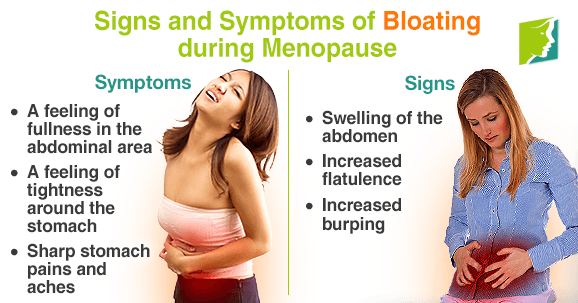 If venous-lymphatic insufficiency can lead to deep vein thrombosis of the lower leg, then injections are prescribed. Risk factors include age, obesity, smoking, predisposition to thrombosis, individual characteristics with the onset of pregnancy.
If venous-lymphatic insufficiency can lead to deep vein thrombosis of the lower leg, then injections are prescribed. Risk factors include age, obesity, smoking, predisposition to thrombosis, individual characteristics with the onset of pregnancy.
Edema may occur due to preeclampsia. The complication occurs after the 20th week, in the second half of pregnancy: swelling of the extremities and face appears, blood pressure rises, and an increased amount of protein is present in the urine. Preeclampsia occurs due to disruption of the placenta, as a result of which biologically active substances begin to enter the body, which lead to disruption of the cardiovascular system and blood supply to the organs. Complications in preeclampsia can be very serious: liver dysfunction, stroke, coma, placental abruption, bleeding, acute hypoxia, intrauterine death. You can prevent the development of preeclampsia at the first screening at the 12-13th week of pregnancy. It is important to see a doctor regularly.
Swelling may be the result of a chronic disease. Women with such a diagnosis are registered with specialized specialists who are already familiar with the medical history.
What is the prevention of edema?
To reduce and prevent swelling, it is necessary to review the diet: limit or completely eliminate salty and spicy - seasonings retain fluid in the body. If there are no contraindications, then regularly go to the pool and massage.
What foods relieve swelling?
You should include more fresh vegetables and fruits in your diet, drink clean filtered water. Foods low in sodium have a diuretic effect: rice, pasta. You can eat lean fish or meat, it is better to boil the chicken. Pay attention to foods high in potassium. These are dairy products, green tea, raisins, dates.
Sources
- Edema in pregnant women: a disease or a norm? V.E. Radzinsky, T.V. Khapova et al./2014. URL: https://cyberleninka.ru/article/n/oteki-u-beremennyh-zabolevanie-ili-norma/viewer
- What causes ankle swelling during pregnancy — and what can I do about it? Yvonne Butler Tobah/ 2020.
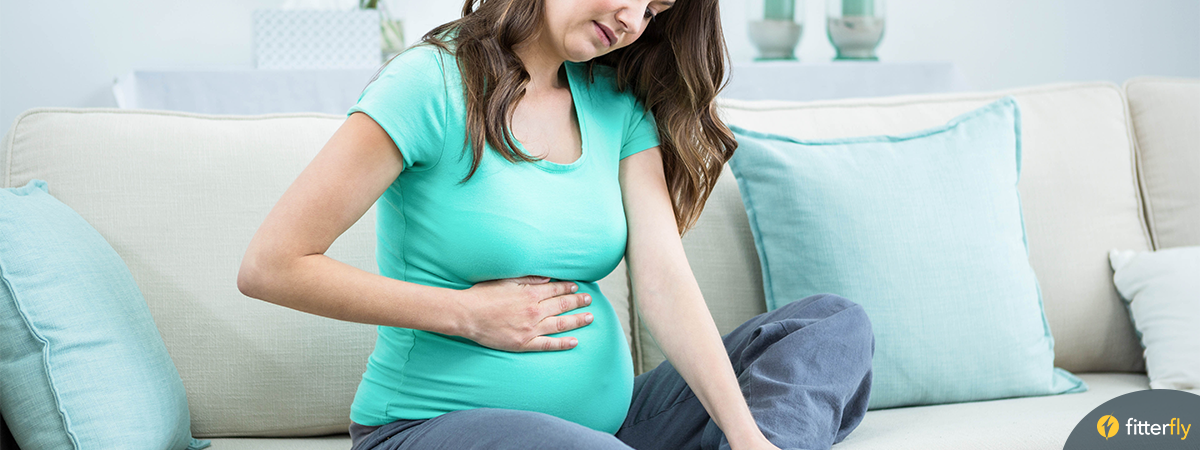 URL: https://www.mayoclinic.org/healthy-lifestyle/pregnancy-week-by-week/expert-answers/swelling-during-pregnancy/faq-20058467
URL: https://www.mayoclinic.org/healthy-lifestyle/pregnancy-week-by-week/expert-answers/swelling-during-pregnancy/faq-20058467 - Swelling During Late Pregnancy. By Emily E. Bunce/2021. URL: https://www.msdmanuals.com/home/women-s-health-issues/symptoms-during-pregnancy/swelling-during-late-pregnancy
Pregnancy edema, pregnancy edema
Pregnancy edema, generally divided into generalized (common) and local (local).
Edema is a symptom that occurs in various conditions of the body, characterized by the accumulation of excess fluid in the tissues and / or cavities of the body.
Accumulation and stagnation of fluid in tissues is the release of fluid from a vessel or cell into the intercellular space.
With generalized edema, fluid can accumulate not only in the tissues, but also in the cavities - abdominal, pleural, pericardial. Such edema in pregnant women is rare. More often, swelling is local, for example, they affect the nasal mucosa, the so-called rhinitis of pregnant women) and even the inner ear (feeling of stuffy ears). With swelling of the legs during pregnancy, pressing a finger on the lower leg causes the formation of a hole that does not smooth out for a minute, or even a few.
With swelling of the legs during pregnancy, pressing a finger on the lower leg causes the formation of a hole that does not smooth out for a minute, or even a few.

It must be understood that the very fact of pregnancy and the presence of sources of progesterone provokes the appearance of edema. First, the corpus luteum, then the placenta, produce progesterone, the hormone of the second phase of the menstrual cycle. By itself, progesterone contributes to the accumulation of fluid in the tissues.
Some women have swelling in the second phase of the menstrual cycle - they have a high sensitivity of the receptors even to the small level of progesterone that the corpus luteum produces. At the end of pregnancy, progesterone provides fluid accumulation in the extravascular (interstitial) space. The accumulation of fluid during physiological pregnancy usually ranges from 1-2 kg., But it can be up to 4 kg.
Part of the edema can compensate for excessive blood loss during childbirth and is the supply of fluid that will enter the bloodstream if necessary. Parturient women with moderate edema can tolerate blood loss more easily and recover faster.
What to do about swelling during pregnancy (general recommendations)
- Urinalysis in the 3rd trimester should be checked every 2 weeks. It is necessary to ensure that there is no protein in the urine, and the level of leukocytes does not rise above "5".
- Almost all edemas are treated with contrast procedures, a contrast shower, and best of all, a bath followed by dousing with cold water or a font. This improves the functioning of peripheral capillaries and enhances the outflow of fluid from the intercellular space.
- Never limit fluids and exclude salt from the diet.
- Diaphragmatic breathing (abdominal breathing) allows you to increase the flow of lymph and its return to the venous bed.
Causes of edema in pregnant women and help in case of their occurrence
| Lymphostasis | Asymmetric edema (e.g. swelling of one leg). Physical therapy, compression stockings, osteopathic consultation, bandage can help. Diaphragmatic breathing. Diaphragmatic breathing. |
| Varicose veins | The deep veins of the lower extremities and the veins of the small pelvis suffer. Help is the same. Phlebologist, hematologist consultation. |
| Swelling due to incorrect position | Swelling of the fingers during pregnancy in the morning ! with a decrease in mobility during sleep (usually a month before delivery). Swelling of the legs from habit of sitting cross-legged or on a chair with a hard edge. Help - Rest against the door jamb, make several circular movements in the shoulder joints. |
| Nutritional edema | With a sharp decrease in protein in the diet, after 2-3 weeks, Braxton Higgs contractions may become more frequent. It is necessary to introduce vegetable and / or proteins into the diet. See Nutrition for pregnant women. |
| Swelling of the nose | Often associated with sleep disturbance. Help - visiting the bathhouse, yoga breathing practices, aromatherapy - Breathing oil, inhalation of lemon peel, bird cherry branches, Rhinorin, homeopathic preparations - Fleming's ointment, Euphorbium compositum nazentropfen C. |
| Edema associated with impaired salt metabolism: | Increased consumption of clean water in the morning. Cucumbers - as a source of mineral salts. Raw beets in the form of salad or diluted juice - as a source of potassium. Mineral water, fruit drinks, dried fruit compote. Decrease in the diet of dairy products and, especially, milk. Diet for edema during pregnancy, using buckwheat with vegetables. (see "Unloading diet"). |
What conditions are accompanied by edema in pregnant women
There are threatening conditions during pregnancy, which can also be accompanied by edema. The most formidable are pre-eclampsia and eclampsia . This condition is not always accompanied by significant swelling, but they can accompany it. For control, it is necessary to take a urine test in the 3rd trimester every 10-14 days and control blood pressure every 3-5 days.
The appearance and increase in the level of protein in the urine, the increase in blood pressure, and in some cases the development of edema require careful observation by an obstetrician-gynecologist and, often, hospitalization in the pregnancy pathology department.